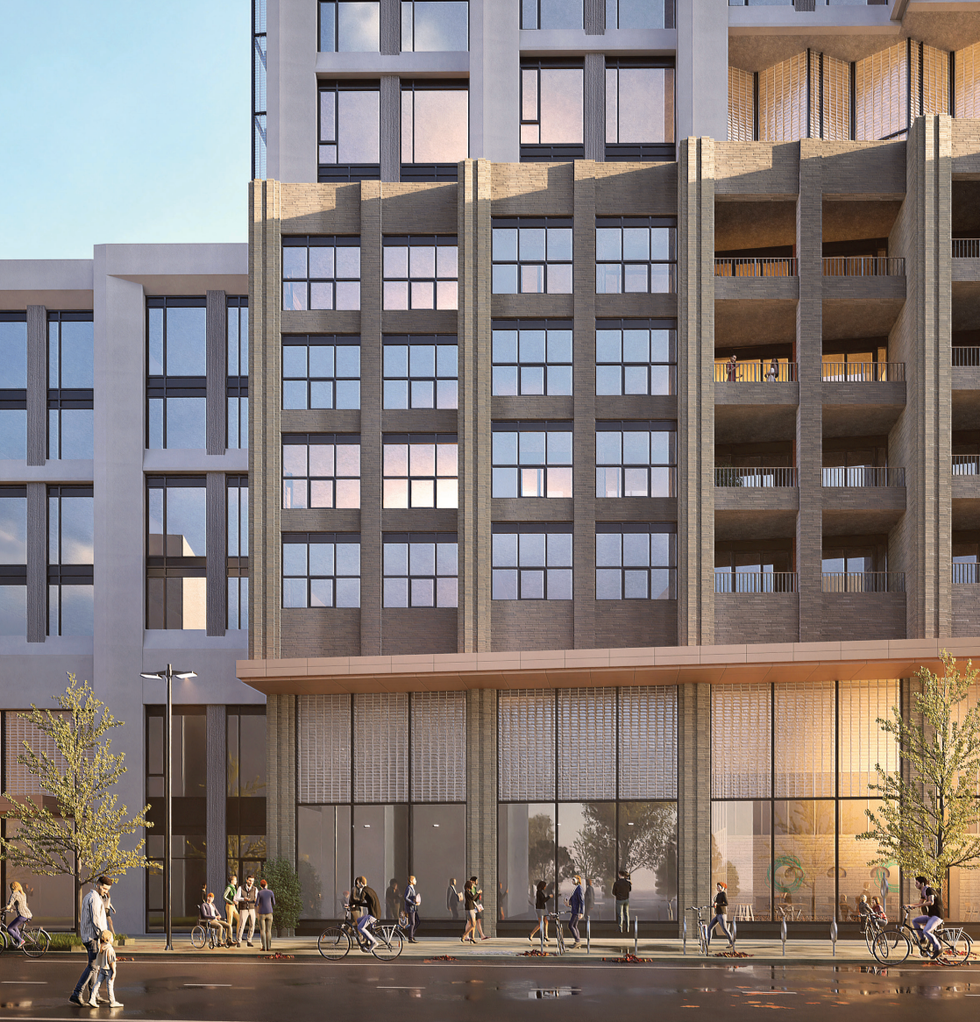Financing Condition
Learn what a financing condition is in Canadian real estate, how it protects buyers, and why it’s important when making offers on property.
May 22, 2025
What is a Financing Condition?
A financing condition is a clause in a real estate purchase agreement that makes the offer contingent on the buyer securing mortgage approval within a set timeframe.
Why Financing Conditions Matter in Real Estate
In Canadian real estate, the financing condition protects buyers by giving them time—usually 3 to 5 business days—to obtain a mortgage commitment without risking their deposit.If financing is not secured:
- The buyer can back out with no penalty
- The deposit is refunded in full
Understanding the financing condition ensures buyers make informed decisions about risk tolerance, offer strength, and financial readiness.
Example of Financing Condition
A buyer includes a five-day financing condition in their offer, allowing time to receive final approval before committing to the purchase.
Key Takeaways
- Gives buyers time to secure financing.
- Allows withdrawal without penalty.
- Standard in most residential deals.
- Waiving increases risk.
- Part of offer negotiation strategy.
Related Terms
- Conditional Offer
- Firm Offer
- Mortgage Pre-Approval
- Buyer Risk
- Deposit



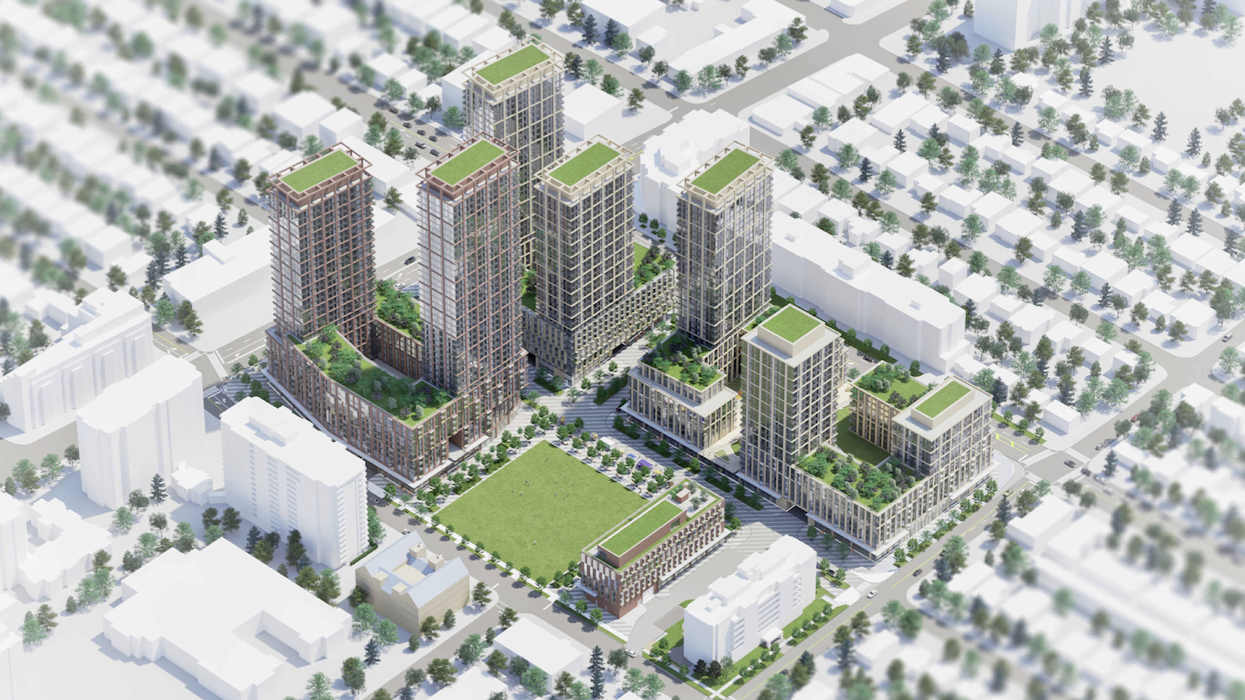
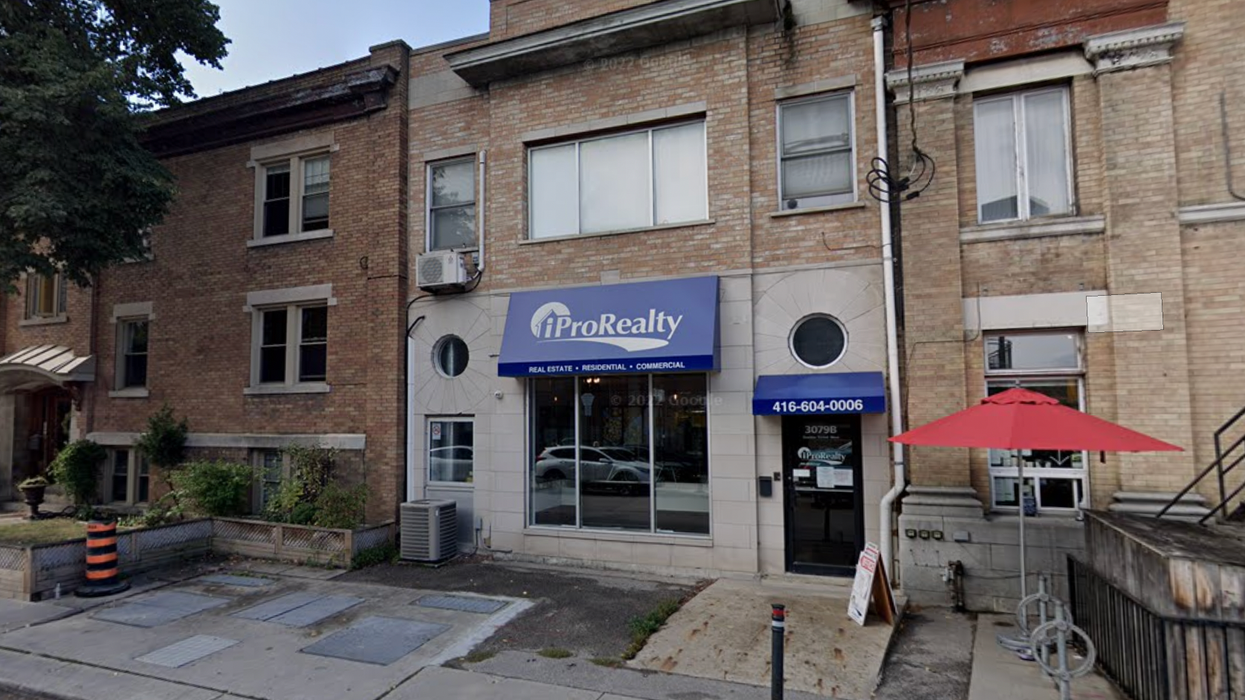
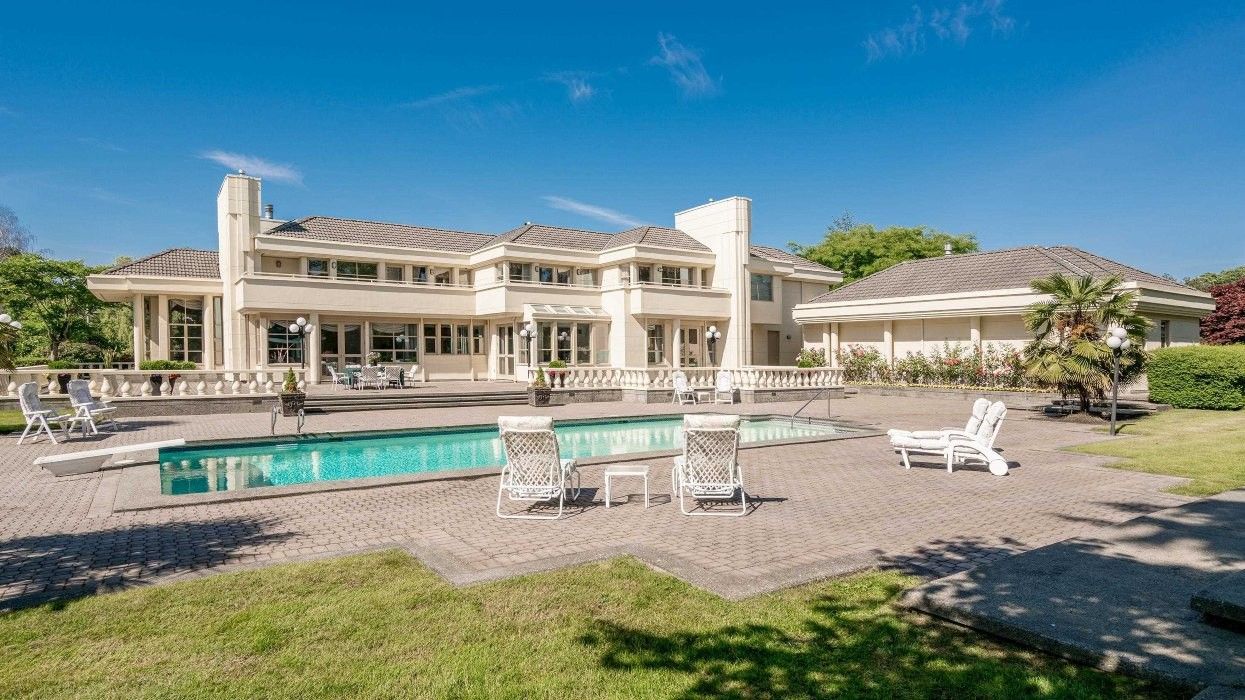

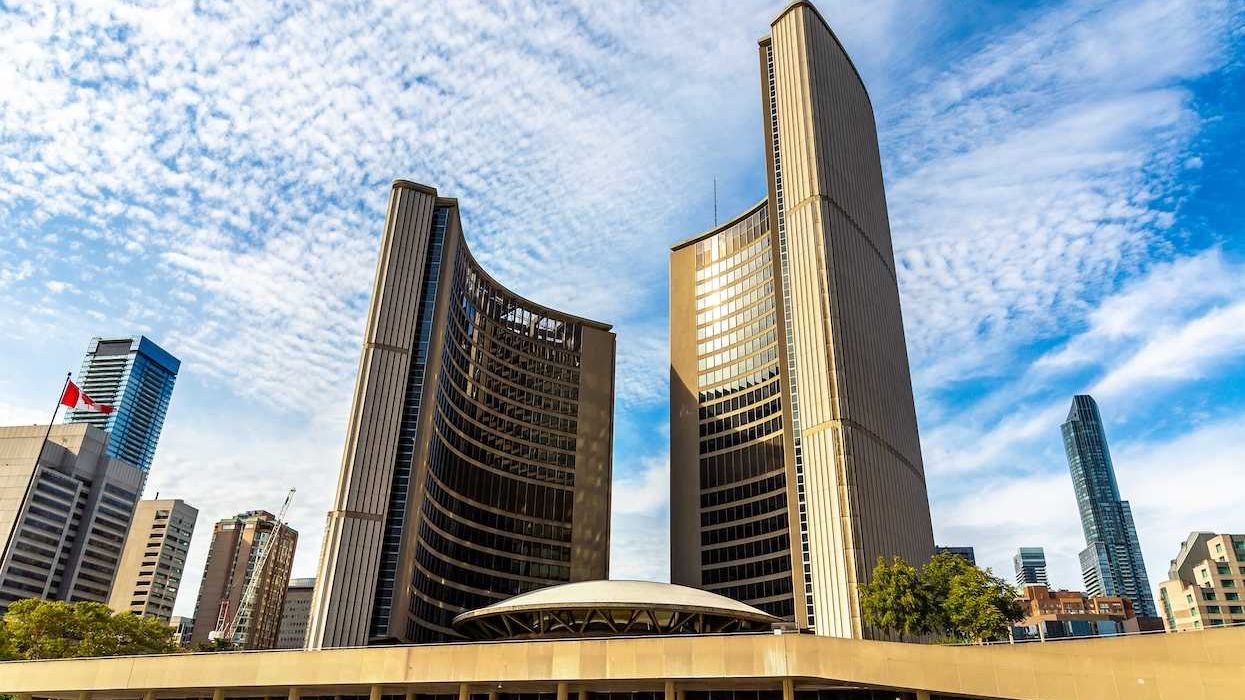
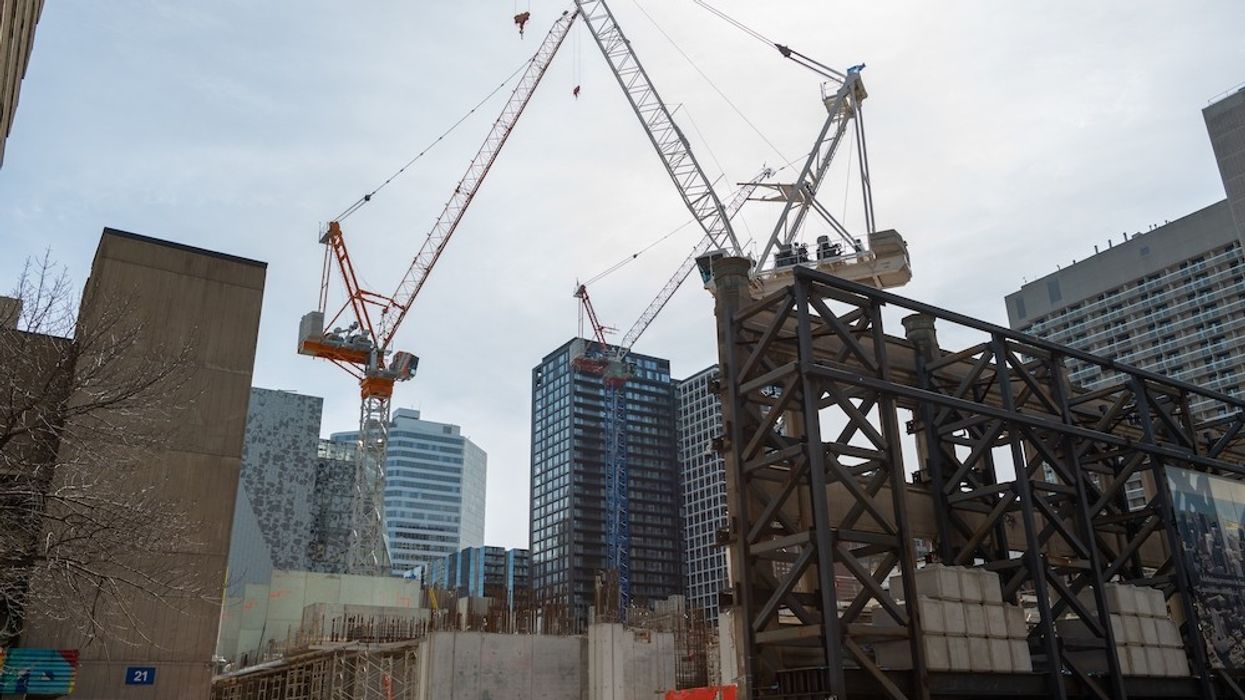
 Camcos Living
Camcos Living Shutterstock
Shutterstock Little Rouge Block G/Camcos
Little Rouge Block G/Camcos Camcos Living
Camcos Living Camcos Living
Camcos Living Camcos
Camcos
